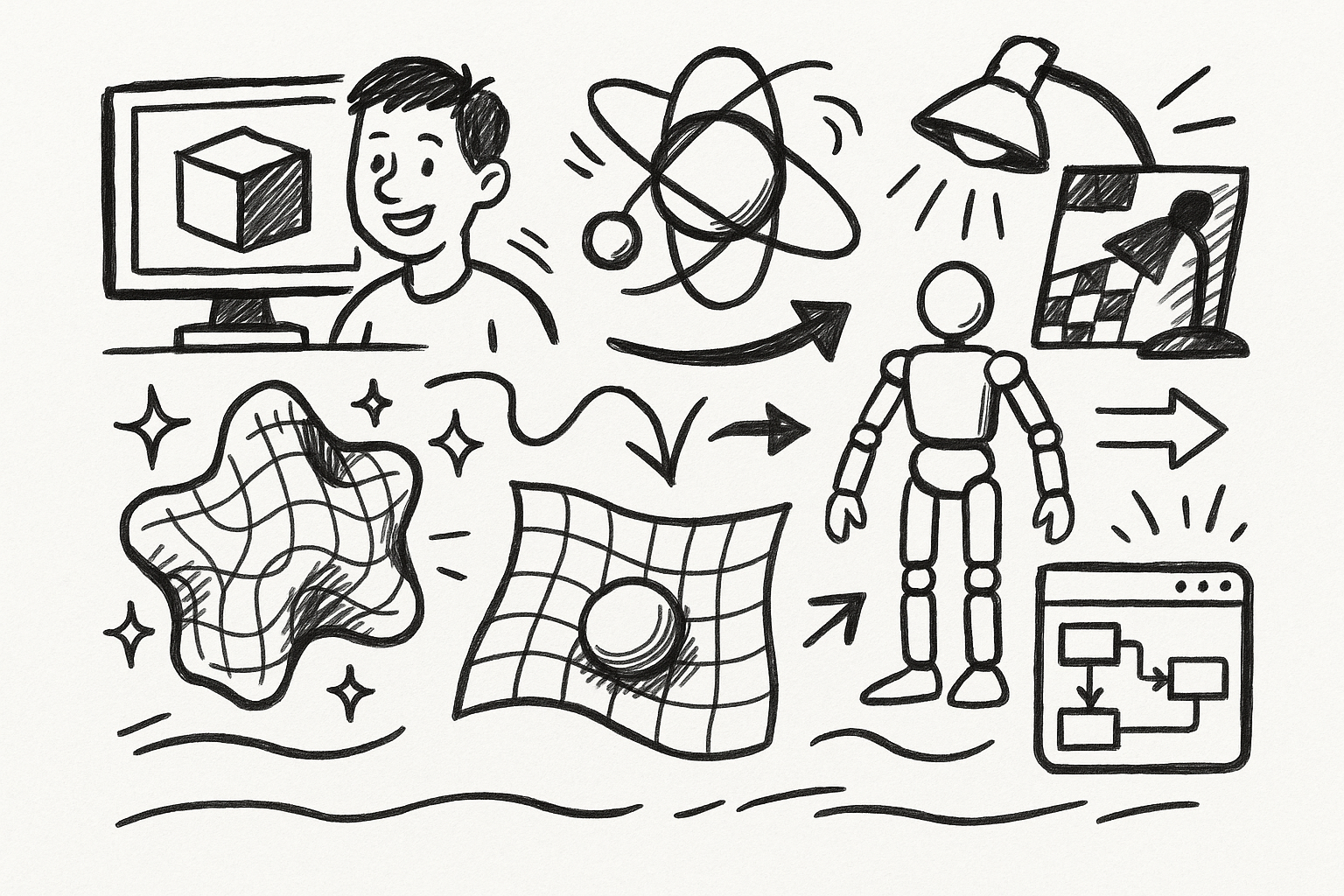Your Cart is Empty
Customer Testimonials
-
"Great customer service. The folks at Novedge were super helpful in navigating a somewhat complicated order including software upgrades and serial numbers in various stages of inactivity. They were friendly and helpful throughout the process.."
Ruben Ruckmark
"Quick & very helpful. We have been using Novedge for years and are very happy with their quick service when we need to make a purchase and excellent support resolving any issues."
Will Woodson
"Scott is the best. He reminds me about subscriptions dates, guides me in the correct direction for updates. He always responds promptly to me. He is literally the reason I continue to work with Novedge and will do so in the future."
Edward Mchugh
"Calvin Lok is “the man”. After my purchase of Sketchup 2021, he called me and provided step-by-step instructions to ease me through difficulties I was having with the setup of my new software."
Mike Borzage
Revit Tip: Maximizing Efficiency with Revit Design Options: A Guide to Managing Multiple Design Scenarios
July 14, 2024 2 min read

Revit Design Options are a powerful feature that enables users to explore different design scenarios within a single Revit model. By leveraging Design Options, you can effectively organize and present alternatives for a particular design area without creating multiple project files. Here is how you can make the most out of Revit Design Options:
- Start with a Plan: Before diving into creating design options, plan out the areas of the design that will have variations. This could be different floor layouts, facade designs, or room configurations.
- Create Option Sets and Options: In Revit, each design scenario is an 'Option,' and these are grouped into 'Option Sets.' For instance, you might have an Option Set named "Lobby Design" with Options like "Design A," "Design B," and "Design C."
- Make Use of Main Model: Keep elements that will not change in the main model. Only place elements that vary within the respective Design Options. This practice helps in minimizing confusion and maintaining clarity in your project.
- Assigning Elements: Assign elements to a particular design option by selecting them and using the Properties Palette to select the desired option under 'Design Option.'
- Manage Visibility: You can control which design option is visible in a particular view through View Properties. This allows for precise control over what is presented in each view.
- Coordinating with Teams: When working with teams, ensure everyone understands the Design Options workflow, as elements within Design Options are not visible in the main model unless they are made primary.
- Presentation and Documentation: Use Design Options to create clear and distinct drawings for each variation. You can also use phasing or different view templates to enhance the presentation of each option.
- Decision-Making: Once a decision has been made, you can accept a particular design option as the primary option, which will then merge it into the main model.
Remember, Design Options are not just for major design elements; they are also useful for smaller decisions, like the type of finishes or the arrangement of furniture. By mastering Design Options, you can keep your Revit model organized and avoid the headaches associated with juggling multiple files.
Revit users can find a wide array of tools and resources to enhance their modeling experience at NOVEDGE, a leading online software store for design professionals. From plugins to extensive training materials, NOVEDGE offers a variety of solutions to complement your Revit workflow.
With these tips in hand, you can confidently approach Design Options in Revitt and provide more value to your clients by efficiently managing and presenting multiple design alternatives within a single model.
You can find all the Revit products on the NOVEDGE web site at this page.
Also in Design News

Revolutionizing 3D Design: Exploring Five Groundbreaking Innovations in Cinema 4D
August 31, 2025 4 min read
Read More
Revolutionizing Telecommunications: The Rise of Advanced Design Software
August 31, 2025 16 min read
Read More
Cinema 4D Tip: Optimizing 2D Matte Integration with Projection Man in Cinema 4D
August 31, 2025 3 min read
Read MoreSubscribe
Sign up to get the latest on sales, new releases and more …


